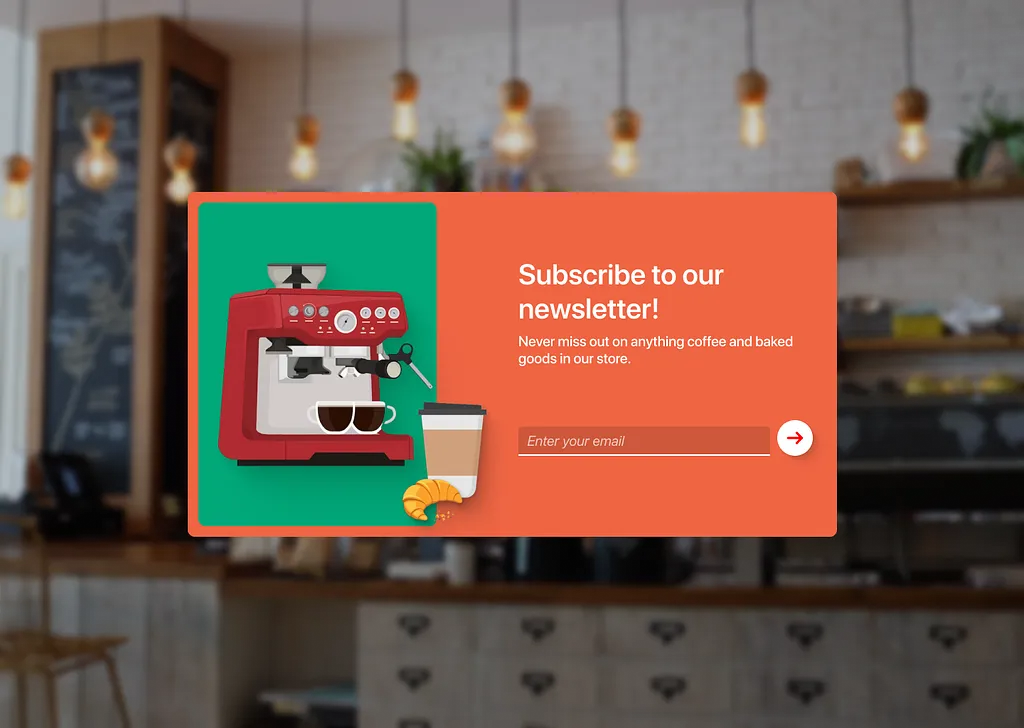Building trust with your email subscribers is crucial for maintaining strong relationships, improving engagement, and increasing conversions. Trustworthy email communications can lead to higher open rates, click-through rates (CTR), and ultimately, better business outcomes. In this comprehensive guide, we’ll explore strategies, tips, and best practices to build and nurture trust with your email subscribers.
1. Provide Valuable and Relevant Content
Understand Subscriber Needs
- Audience Segmentation: Segment your email list based on demographics, behaviors, and preferences to deliver personalized content.
- Content Personalization: Tailor your emails to address specific pain points, interests, and challenges of different subscriber segments.
Educational Content
- Tips and Guides: Provide actionable tips, best practices, and guides related to your industry or niche.
- Exclusive Content: Offer subscribers exclusive access to content such as eBooks, whitepapers, or industry reports.
2. Maintain Consistency and Transparency
Consistent Communication
- Regular Updates: Keep subscribers informed about new products, services, or industry insights on a consistent basis.
- Frequency: Set clear expectations for email frequency and stick to a schedule that works for your audience.
Transparency in Messaging
- Clear Expectations: Clearly communicate what subscribers can expect when they sign up for your emails, including content types and frequency.
- Honesty: Be transparent about your brand values, mission, and any changes that may affect subscribers.
3. Personalize Email Interactions
Use Personalization Techniques
- Personalized Greetings: Address subscribers by their first name to create a more personalized experience.
- Behavioral Targeting: Use data such as past purchases or website interactions to tailor content and recommendations.
Segment Your Email List
- Segmentation Benefits: Segment your list based on demographics, purchase history, or engagement levels to send targeted, relevant content.
- Customized Offers: Provide personalized offers or recommendations based on subscriber preferences and behaviors.
4. Optimize Email Design and User Experience
Mobile-Friendly Emails
- Responsive Design: Ensure emails are optimized for mobile devices to enhance readability and usability.
- CTA Accessibility: Make calls-to-action (CTAs) prominent and easy to click on mobile screens.
Clear and Engaging Content
- Visual Appeal: Use images, colors, and fonts that align with your brand and enhance the overall aesthetic of your emails.
- Engaging Copy: Write compelling subject lines and email content that captures attention and encourages interaction.
5. Highlight Social Proof and Testimonials
Customer Testimonials
- Showcase Success Stories: Share testimonials, case studies, or reviews from satisfied customers to build credibility.
- User-Generated Content: Feature user-generated content such as customer photos or testimonials in your emails.
6. Ensure Data Security and Privacy
Data Protection Practices
- Compliance: Adhere to data protection regulations such as GDPR or CCPA to protect subscriber data and ensure privacy.
- Security Measures: Implement secure practices for data storage, transmission, and access to build confidence among subscribers.
7. Engage Subscribers Through Feedback and Interaction
Feedback Mechanisms
- Surveys and Polls: Gather feedback from subscribers to understand their preferences, satisfaction levels, and areas for improvement.
- Respond Promptly: Address subscriber inquiries or concerns promptly to demonstrate responsiveness and commitment.
8. Maintain an Optimal Sending Reputation
Email Deliverability
- Sender Reputation: Monitor your sender reputation and take steps to maintain high deliverability rates.
- List Hygiene: Regularly clean your email list to remove inactive or invalid addresses and minimize bounce rates.
9. Foster Long-Term Relationships
Customer Loyalty Programs
- Exclusive Offers: Provide special discounts, early access, or rewards for loyal subscribers.
- Continuous Engagement: Keep subscribers engaged with relevant content and offers to strengthen long-term relationships.
10. Monitor and Measure Results
Track Key Metrics
- Performance Analysis: Monitor open rates, CTRs, conversion rates, and unsubscribe rates to gauge the effectiveness of your trust-building efforts.
- A/B Testing: Test variations in subject lines, content, or sending times to optimize email performance and subscriber engagement.
Conclusion
Building trust with your email subscribers requires a strategic approach focused on delivering value, maintaining transparency, and personalizing interactions. By consistently providing valuable content, optimizing user experience, and prioritizing data security, you can establish credibility and strengthen relationships with your audience. Incorporate feedback, monitor performance metrics, and adapt your strategies to nurture trust over time, ultimately driving engagement and achieving your email marketing goals. With a commitment to transparency, relevance, and personalized communication, you can build a loyal subscriber base that supports your business growth and success.
